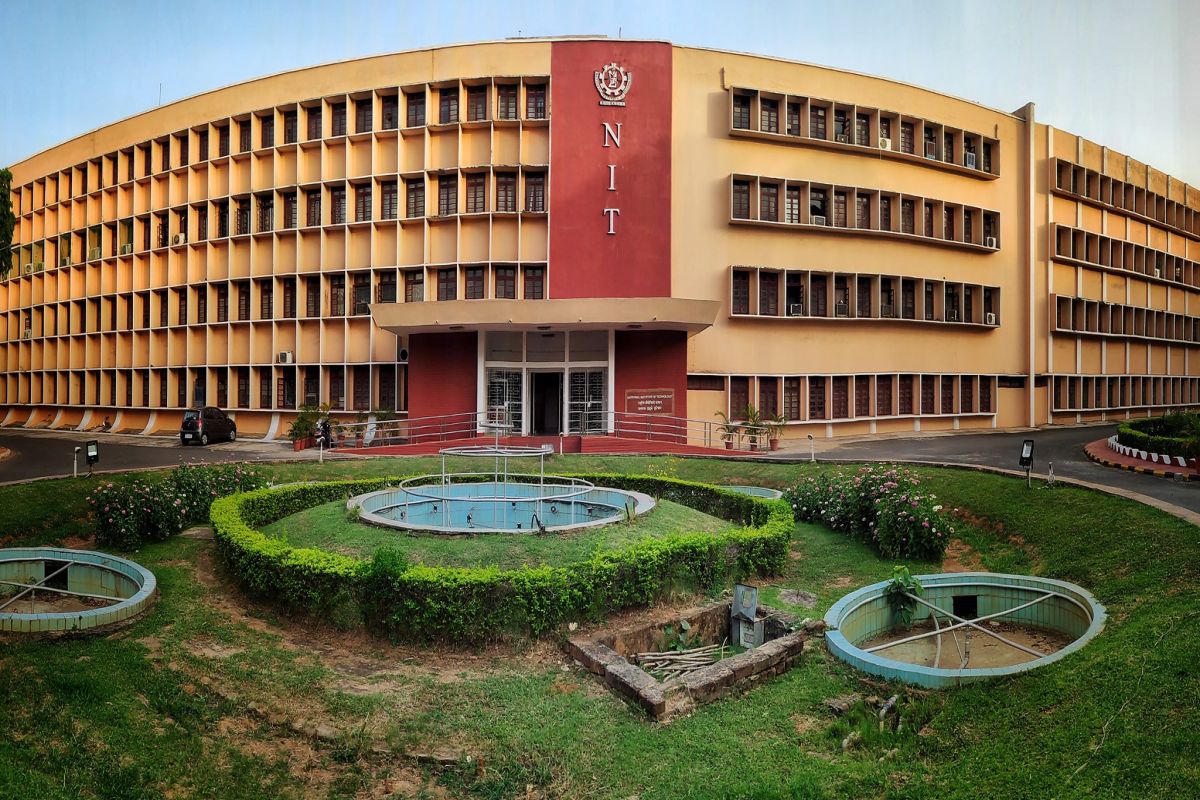Researchers at the National Institute of Technology Rourkela (NIT Rourkela) have developed an Artificial Intelligence-based multi-class vehicle detection (MCVD) model and a light fusion bi-directional feature pyramid network (LFBFPN) tool aimed at improving traffic management, said officials on Friday.
The research team, led by Santos Kumar Das, Associate Professor, Department of Electronics & Communication Engineering, has leveraged an intelligent vehicle detection (IVD) system that uses computer vision to identify vehicles in images and videos.
Advertisement
The system collects real-time traffic data to optimise traffic flow, reduce congestion, and assist in future road planning, they pointed out.
The findings of this research have been published in the journal Institute of Electrical and Electronics Engineers (IEEE) Transactions on Intelligent Transportation Systems. The paper was co-authored by Santos Kumar Das, research scholars Prashant Deshmukh and Krishna Chaitanya Rayasam, along with Upendra Kumar Sahoo from ECE, NIT Rourkela, and Sudhan Majhi, from the Indian Institute of Science Bangalore.
The team developed the new MCVD model, which uses a video de-interlacing network (VDnet) to efficiently extract key features from traffic images, even when vehicles vary in size and shape. They also introduced a specialised tool called light fusion bi-directional feature pyramid network (LFBFPN) to further refine the extracted details.
“What makes LFBFPN unique is that it uses a simpler method without sacrificing accuracy and processes the input data through vehicle detection head (MVDH), enabling accurate detection and classification of vehicles in all kinds of traffic situations,” Das said.
The MCVD model demonstrates an accuracy improvement compared to existing methods. The model’s real-time performance was also evaluated on the Nvidia Jetson TX2.
“By overcoming the limitations of older models and addressing the unique challenges of mixed traffic, the MCVD model offers a scalable option for real-time vehicle detection in developing countries,” Das concluded.











